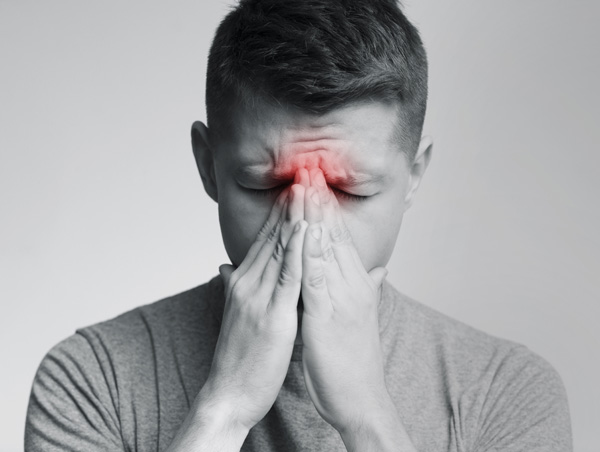Posted By:
 Denise Clark
Denise ClarkCategory:
Detoxification
In her ground-breaking article published in March 1997, Dr. Claudia Miller at the University of Texas at San Antonio coined the term “toxicant-induced loss of tolerance” (TILT). This refers to those suffering from multiple chemical sensitivities who have become sensitive to almost everything in their environment. She discovered that chemical sensitivity is the consequence of a two-step process: 1) loss of tolerance in susceptible persons following exposure to various toxicants, and 2) triggering of symptoms by extremely small quantities of previously tolerated chemicals, drugs, foods, and food and drug combinations including caffeine and alcohol. Through her research, Dr. Miller concluded that although chemical sensitivity may be the consequence of this process, the term toxicant-induced loss of tolerance more clearly describes this process. In a subsequent paper published by Dr. Miller in 2021, she reported the link between exposure to common chemicals and unexplained chronic illnesses. For the first time, a mechanism was found for how and why TILT occurs in some people. Toxicant-Induced Loss of Tolerance The 2021 study that Dr. Miller reported on included the following exposures: Employees at U.S. Environmental Protection Agency headquarters after new carpeting was installed Gulf War veterans Casino workers exposed to pesticides Pilots and...



